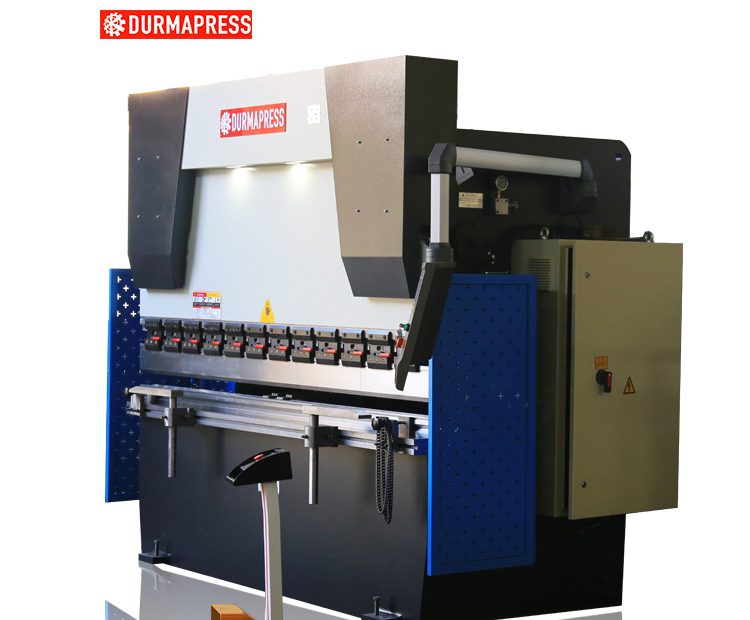In the process of bending, CNC bending machine to plate bending, plate will also have a reaction force on the machine. This reaction force will deform the machine, thus affecting the bending accuracy. Therefore, in order to improve the bending accuracy, mechanical compensation and hydraulic compensation, in the plate bending process is widely used twice bending machine camber compensation. Because two kinds of bending machine compensation method to the operator's requirements and product accuracy is different, so it is very important to choose the correct bending compensation hydraulic compensation of bending machine.
1. What is mechanical compensation? What are the advantages and disadvantages?
Mechanical compensation is the use of oblique wedge to compensate the table. The wedge can be divided into a single wedge and many groups of wedge. The mechanical compensation composed of multiple groups of inclined wedge blocks has more compensation points, more than the ordinary hydraulic compensation 3 compensation points, there is no compensation blind area, the folded workpiece precision is high, each processing plate difference is small, suitable for mass production.
Advantages: mechanical compensation system is more simple, will not cause oil leakage and other situations, low failure rate, environmental protection.
Disadvantages: Mechanical compensation is more demanding for operation, and workers need to make real-time adjustments if the workpiece needs to be bent in multiple steps. And after long-term use, the mechanical convex wedge will wear, affecting the compensation effect.
2. What is hydraulic compensation? What are the advantages and disadvantages?
Hydraulic compensation is the use of small cylinder to compensate the table. CNC controlled hydraulic compensation: we set the bending parameters in the CNC controller, such as plate thickness, plate length, material. The CNC controller automatically calculates the required compensation value and then transmits the instructions to the compensation amplifier. The compensation amplifier will send the signal to the hydraulic compensation proportional valve, control the small cylinder under the workbench bulge, reduce the plate deflection deformation.
Advantages: Hydraulic compensated machine is easy to operate and therefore can help with higher bending accuracy. In addition, as the use time increases, the machine will not suffer from wear problems and has higher durability.
Disadvantages: hydraulic system is more complex, there may be oil leakage, sealing ring loose and other problems.
To sum up, both hydraulic and mechanical camber compensation have their own advantages. We can consider the configuration based on the above aspects and choose which compensation method is more appropriate.

